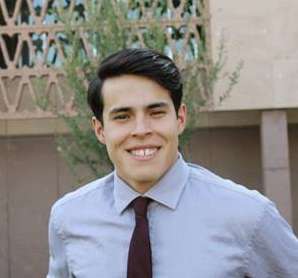Internal Revenue Service (IRS) Commissioner Danny Werfel announced big steps to reorganize the agency’s leadership structure today, aiming to reflect the transformation goals the agency has been undertaking since the commissioner’s confirmation to his post earlier this year.
As part of this new structure, the IRS will have a single deputy commissioner instead of two. This role will be filled by Doug O’Donnell, who currently serves as the deputy commissioner for Services and Enforcement.
The changes will also create four new IRS chief positions to help oversee taxpayer service, tax compliance, information technology, and operations.
“With transformation work continuing to accelerate at the IRS, this is the right time to make these organizational adjustments that will support the agency’s improvements for taxpayers and provide the flexibility needed to add efficiency and expand collaboration across the agency,” Werfel said.
Among the four new “chief” positions at IRS, incoming CIO Rajiv Uppal will hold one of those. Uppal is coming over to IRS from his current position as director of the Office of Information Technology and CIO for the Centers for Medicare and Medicaid Services (CMS).
“Our work in the technology arena is critical to our current work on everything from filing season to our phone lines and our online tools,” Werfel said. “And we must continue to make foundational improvements in this area to ensure the success of our transformation work and bringing new tools to help taxpayers.”
“Creating this position will be critical to making sure information technology works closely with our business units and our transformation teams to create successes for taxpayers and the tax system, now and in the future,” added Werfel.
The agency also announced that Melanie Krause will serve as its chief operating officer. In her current role as the chief data and analytics officer at IRS, Krause has focused on advancing areas of strategic importance such as AI and advanced analytics tools.
“The operating chief function will continue working to expand and enhance these vital areas at the IRS and to tax administration and work closely with the IRS business units to support our tax administration goals,” Werfel said. “This alignment will allow the chief operating officer to fully focus on these high priority areas in ways that we were unable to under the old structure.”
“This will improve our leadership model and streamline our internal processes for the benefit of taxpayers, the tax community, our employees, and ultimately the nation,” he said.

